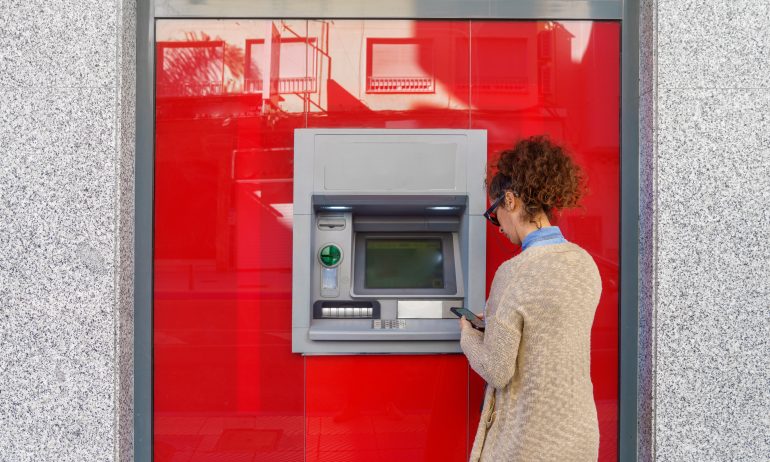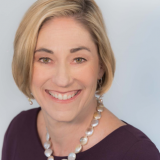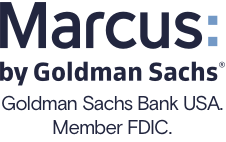Ask a Nerd: Should I Keep Accounts Open at Multiple Banks?

Many or all of the products featured here are from our partners who compensate us. This influences which products we write about and where and how the product appears on a page. However, this does not influence our evaluations. Our opinions are our own. Here is a list of our partners and here's how we make money.
If you’ve been following the banking industry lately, you know the big news around recent bank failures, which has spurred concerns for consumers about whether their money is covered by insurance from the Federal Deposit Insurance Corp. You may also have seen in the news lately that interest rates on savings accounts are high right now and that banks are offering more features and services — such as ATM fee reimbursement and two-day early direct deposit — to further attract new customers.
The good news is that if you have less than $250,000, then you’re covered by insurance — through the FDIC or the credit union equivalent, the National Credit Union Administration (NCUA). This insurance might come from your bank itself or, if you’re a customer at a neobank, your FDIC insurance may come from the bank that your institution partners with. If you have more than $250,000, you may still be covered by federal insurance (see below), but if not, or if you just want to take advantage of high interest rates or other perks, you may want to consider opening accounts with multiple banks. Here are some of the pros, cons and considerations that come with that strategy.
What are the benefits of having accounts at multiple banks?
Besides the advantage of spreading out your accounts so you can have more FDIC insurance, which we’ll get to in a moment, there are other perks to having accounts open at multiple banks, namely that you can to mix and match the best features of different institutions.
“I suggest using one bank for your checking and bill paying and then linking to one or more high yield online savings accounts,” said Jeremy Keil, a Milwaukee-based financial advisor with Keil Financial Partners, via email. “That way you can shop around and get the highest interest [rate] but keep that link between banks for when you need to move from savings to checking or vice versa.”
For example, maybe you want a checking account at a bank that has ATM fee reimbursements or two-day early direct deposit, and you want to keep other cash at your locally owned credit union that has branches near you and high yields on its savings accounts or certificates of deposit. You could spread your money around and enjoy the best features that each institution has to offer. Another benefit to keeping savings and checking separate is so that you feel less tempted to dip into cash that is set aside for specific purposes, such as your emergency or vacation funds.

Member FDIC
SoFi Checking and Savings

4.20%
$0

Member FDIC
Bask Interest Savings Account

4.75%
$0

Member FDIC
CIT Bank Platinum Savings

4.85%
$5,000
Is it bad to have multiple bank accounts at different banks?
The primary reason that it may be difficult to keep accounts open at multiple banks is that the more accounts you have, the harder it can be to keep track of their details and requirements.
“It can be tough to keep your beneficiaries and usernames straight, which are especially important if you die or become incapacitated,” Keil said.
There can be more costly downsides of juggling multiple accounts as well. Some banks have minimum balance, spending or direct deposit requirements on their accounts, and you could trigger a fee if you don’t meet those conditions.
Another consideration is that if you open a new account at a bank because you’re chasing high interest rates, your bank might not necessarily have those high rates forever.
“These rates are designed to drive new dollars into the bank that would typically not be there if there was not a special rate,” said Keith Dragisich, a community banking expert, via email. “It’s important for consumers to read the fine print of how these specials work.”
Essentially, if you’re planning to move your money around to different financial institutions regularly, you’ll need to make sure you’re on top of all the fine print.
Does FDIC insurance cover multiple accounts at the same bank?
Insurance from the FDIC and the NCUA typically covers up to $250,000 per depositor per ownership category, such as a single account, retirement account or trust account. Joint accounts are insured up to $250,000 per person, so if an account is co-owned by two people, the full amount could be covered up to $500,000.
What should I do if I want to insure more than $250,000?
There are several ways to insure more than the FDIC insurance limit of $250,000. Some ways you might consider are adding a joint account owner, opening an account that’s a different ownership category, opening a cash management account with a higher insurance limit or splitting your money among different banks.
Whether you want to better insure your money or simply want to cherry-pick the best features of different banks, opening accounts at multiple banks is a solution that could benefit you as long as you’re willing to manage the account upkeep.











